A true relic of the Second World War, it lay buried in sand at Blackdog Beach for decades.
But following a severe storm earlier this year, the sands shifted and the topsy-turvy pillbox was cast into the light.
It’s a curious sight – a concrete bunker that appears to have tumbled down the dunes and landed upside down.
Its doorway gapes wide open, enabling any passers-by to pop in and take shelter from the elements.
Long-lost edifice
Blackdog resident Alan Neave was the first to discover the long-lost edifice as he walked his Labrador Finn along the beach in March.
“One day there was nothing there, and the next day there it was!” he tells me, his eyes twinkling.
“As the dunes erode, they release their secrets, and this pillbox, or bunker, is one of the most exciting.”
The pillbox stands as one of the few survivors of the almost 28,000 built to house automatic gun positions to ward off German attack, when Blackdog, two miles north of Aberdeen, played a vital role in the area’s defences during the Second World War.
Named after medicine boxes
The miniature forts were so named because of their similarity to the medicine boxes, or ‘pillboxes’, of the time.
It’s a blustery day when I set out to investigate the structure, and I’m glad of the opportunity to hunker down inside.
Huge waves crash onto the shore, and a long chain of ships wait in line to reach the safety of Aberdeen harbour.
I pause for a while to soak up the atmosphere, thinking back to the early 1940s, when the pillbox was built as a temporary structure.
This one would have once stood several metres above the beach, but has toppled forward as a result of erosion.
Other historical gems
While it offers a fascinating insight into how coastal defences were built during the war, it’s not the first historical gem to pop up here.
Alan, who’s chairman of Blackdog Residents Association, previously found a boat wreck and a wartime mine on the beach.
“The mine was kept under the watchful eye of the police and coastguard before given the all-clear by the MoD as being of no danger to the public,” he assures me.
“The moving sands have buried it again so anyone able to get down to the beach to see it was lucky!”
However, not so lucky were those who laid the mines during the war.
Records of soldiers maimed at Blackdog in March 1941 include 23-year-old sapper Leslie Alfred Whitney of the Royal Engineers.
He was killed when a “toadstool” he was arming detonated.
The mine fields were cleared in 1944, but clearly some were missed.
Boat wreck
Not long after Alan’s find, he spotted a boat wreck near Blackdog Burn.
“It had its original rivets, bolts and anchor port still visible,” he says.
“It was reported to Aberdeen Maritime Museum but little interest was shown and the sands covered the wreck once more.”
When the sands were especially low late last year, Alan says concrete barriers, installed to repel invading tanks, were “as conspicuous” as any residents had known for years.
Waiting for the next revelation
“Every time there’s a storm, we find something new on Blackdog Beach,” he enthuses.
“It’s one of the most fascinating beaches in Scotland and we’re just waiting for the next revelation to be uncovered!”
Dynamic coastline
Aberdeenshire Council Archaeology Service archaeologist Bruce Mann says the sands along this part of the coastline are “particularly dynamic”, with pillboxes and other Second World War remains frequently uncovered and covered following storms.
“The coastal zone is densely packed with evidence of our collective past,” he says.
“It has always been the case that storms, or gradual wind and water erosion of the dune systems and fields behind them, have on occasion revealed these glimpses into the past.
“Increasingly though, we’re seeing the effects of climate change and the more sustained impact that is having on these remains. The increase in sea levels means storm waves and high tides are eroding the beaches more quickly.”
Protect important findings
He says the task archaeologists face is how to protect or best record important findings before they are lost.
“Chance discoveries reported by the public is one, very important, way of helping us to monitor those losses,” he adds.
“As we learn more about the dynamic coastline, we learn about how some of our historical remains continue to play an important though unintentional role today.
“All those concrete blocks and pillboxes from the Second World War have actually been acting as a form of coastal defence against erosion, and so they are still protecting us even today from invasion, this time from the sea.”
Earliest remains
Bruce says the earliest remains found are often small pieces of flint, left over from tool making ten thousand years ago.
“At Blackdog we’ve also found evidence dating from when agriculture was first introduced to the region, and from when metal-working started, through to the time when concrete defences were built out of fear of invasion during the Second World War.
“These layers of history have built up, one on top of the other.”
Dunes release their secrets
Meanwhile, Alan says as the dunes erode and “release their secrets”, these can include “different wastes”, including old glass bottles, fishing nets and pipes.
Thankfully a volunteer group in the village regularly runs litter-picks at the beach.
However, there’s concern that a wooden bridge which allowed easy access to the beach has disappeared.
“We’re trying to get a project underway to build a pedestrian bridge but this has not been an easy task,” he says.
- For more information on Blackdog Residents Association, see here.
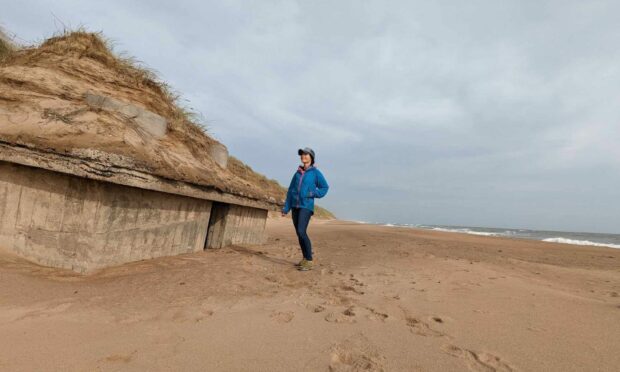

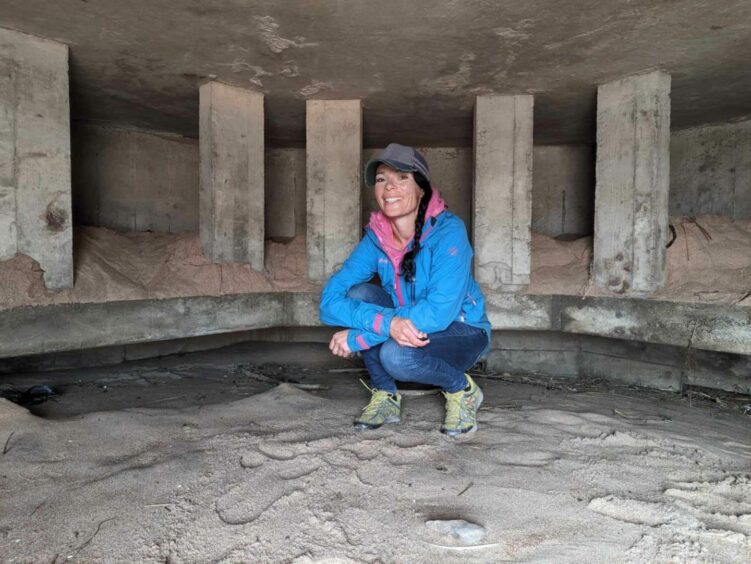

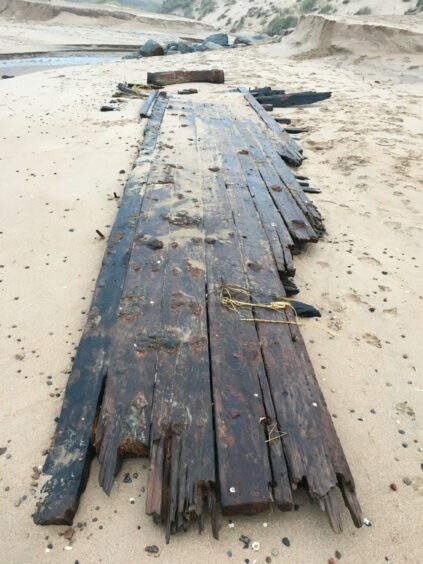

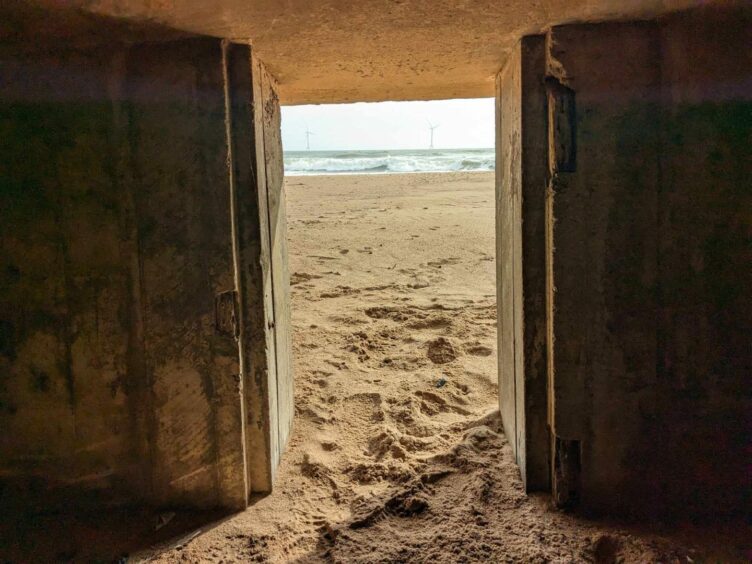
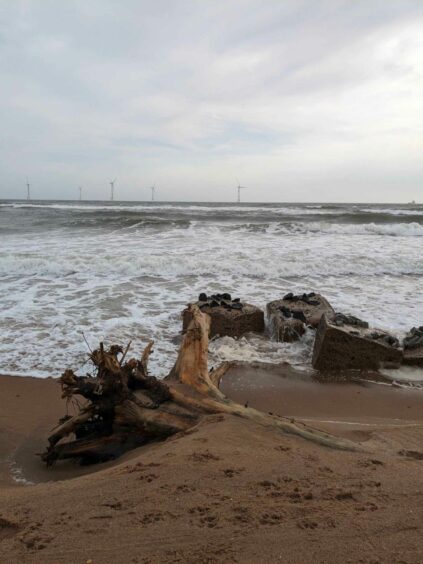
Conversation